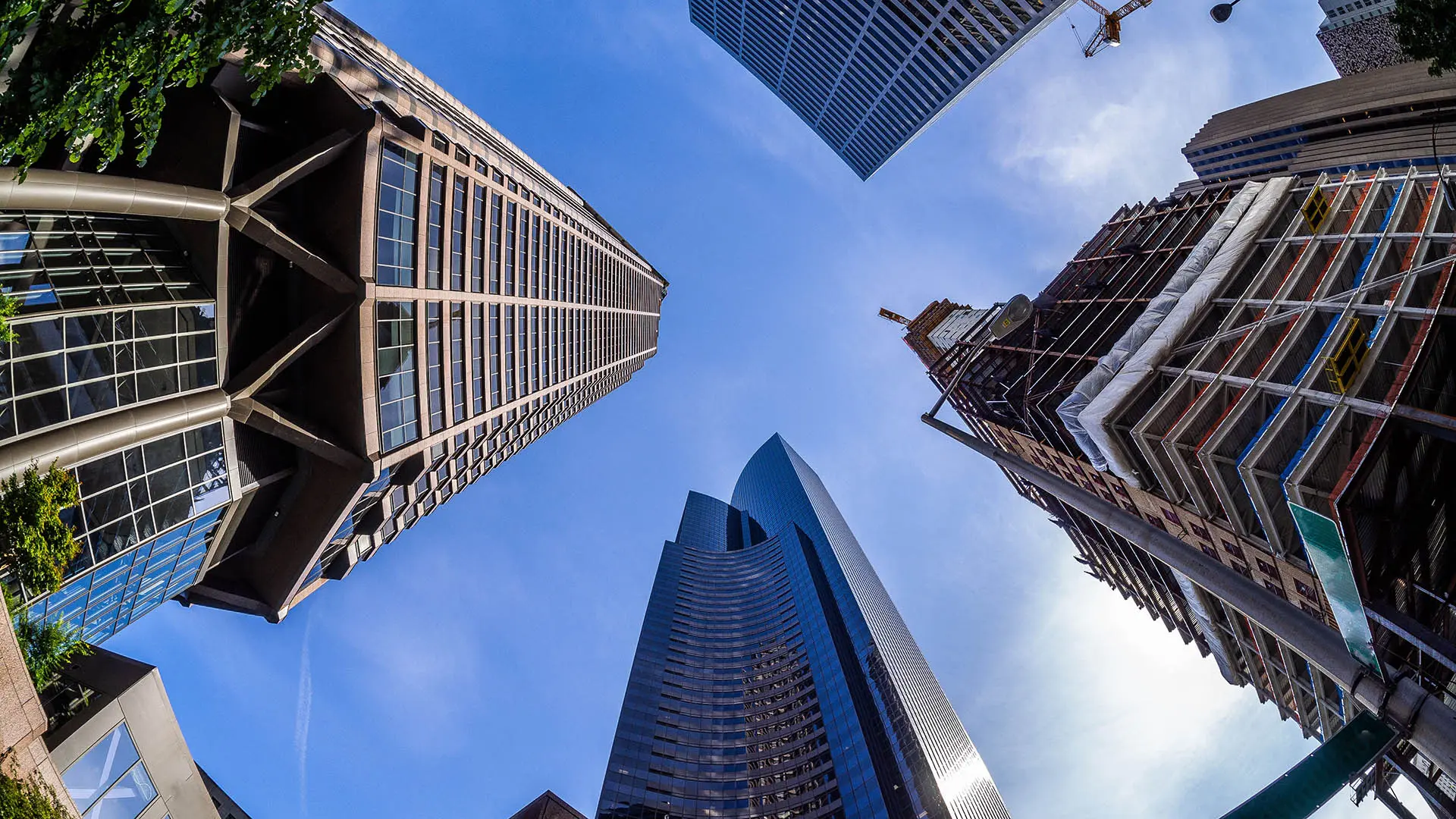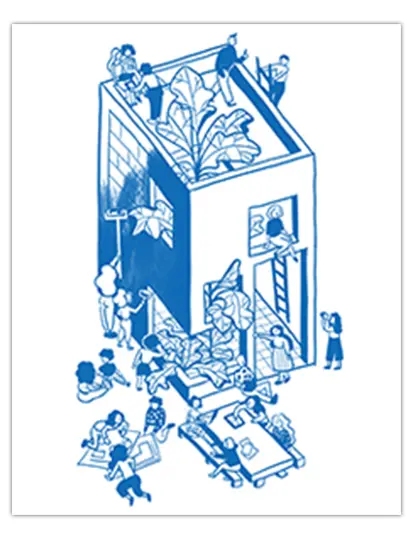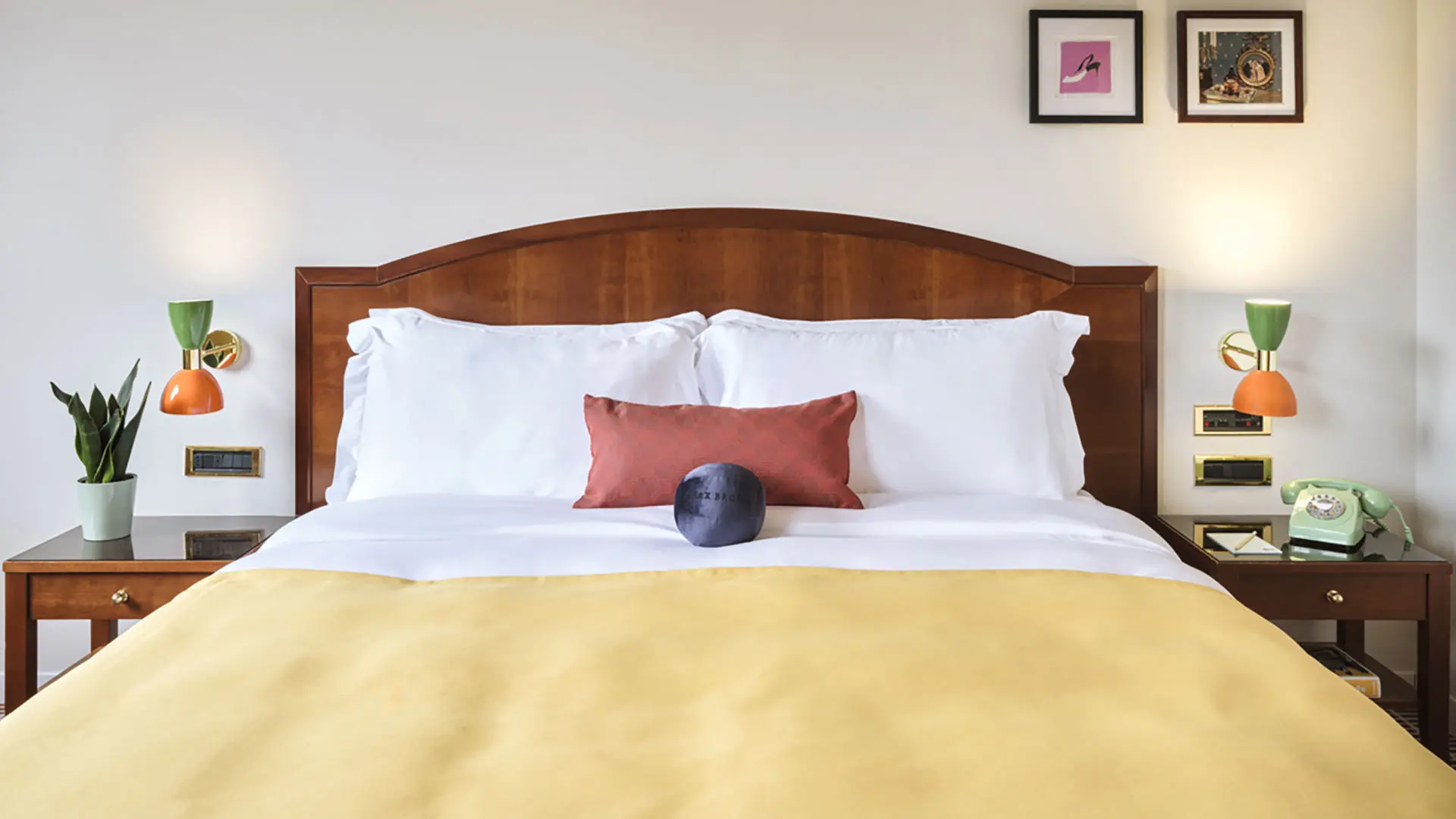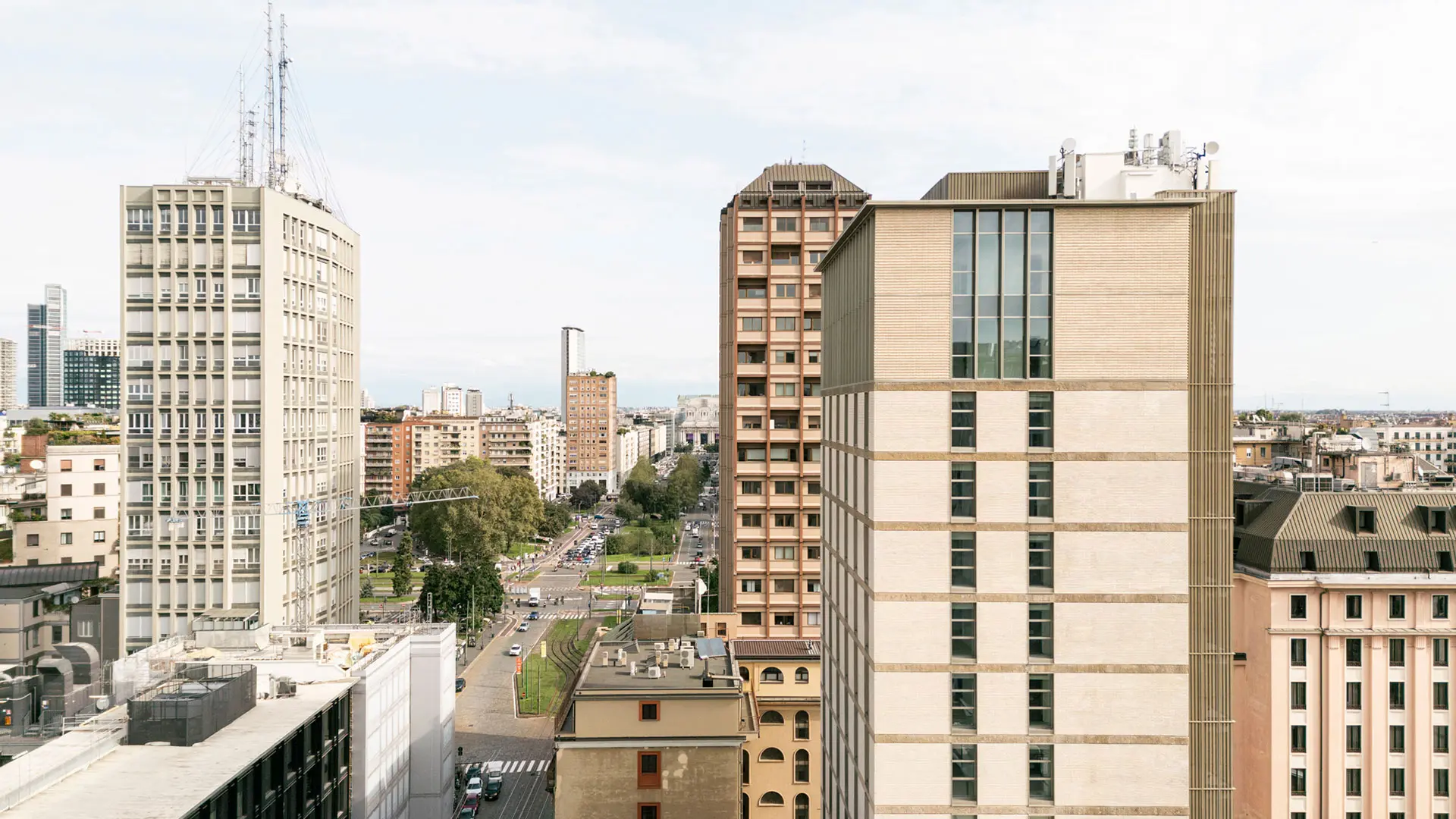In partnership with MiCodmc, a selection of establishments ripe for discovery during the 63rd edition of the Salone del Mobile.Milano, from 8th to 13th April


Housing shortage? Converting offices into residential projects

According to the blog ArchDaily, offices left empty by pandemic-related smartworking could provide an interesting solution to the shortage of housing that has traditionally been the driver of architectural speculation.
The housing shortage has long been the catalyst for architectural reflection on adapting and valorising underused city locations: “the health crisis and its work from home imperatives have brought into sharp focus the adaptive reuse potential of office spaces into housing. The probability that some office buildings remain vacant post-pandemic opens up the possibility of bringing back housing to city centres, enabling the implementation of a 15-minute city vision,” says the author Andreea Cutieru in her ArchDaily blog.
Turning offices into homes has also become attractive to real estate companies. According to David Bourla, Chief Economist at Knight Frank: “investors are now seeking to rebalance their portfolios in favour of residential property, which is less correlated to economic crises and less exposed to the structural upheavals associated with the Covid-19 pandemic." This could become a more sustainable approach, often working out cheaper than demolition, even though building legislation and the morphology of office buildings could hinder their conversion.
In the United States, converting buildings from commercial to residential use, previously attempted in cities like New York, Chicago and Los Angeles during the 1980s and 1990s, often led to the building of luxury residential units. “However, subsidy financing for converting office buildings to housing could change the outcome, contributing to the alleviation of the housing crisis,” Cutieru continues. In Paris and in London there are other examples of awards and subsidies for the conversion of office buildings.
This, the author concludes “holds value on multiple levels, extending the life on an obsolete or underused structure, helping the urban environment evolve, and addressing the housing crisis.”
Credits
Original Text: Andreea Cutieru
Photo: Getty Images
Magazine: ArchDaily
Published by: ArchDaily












